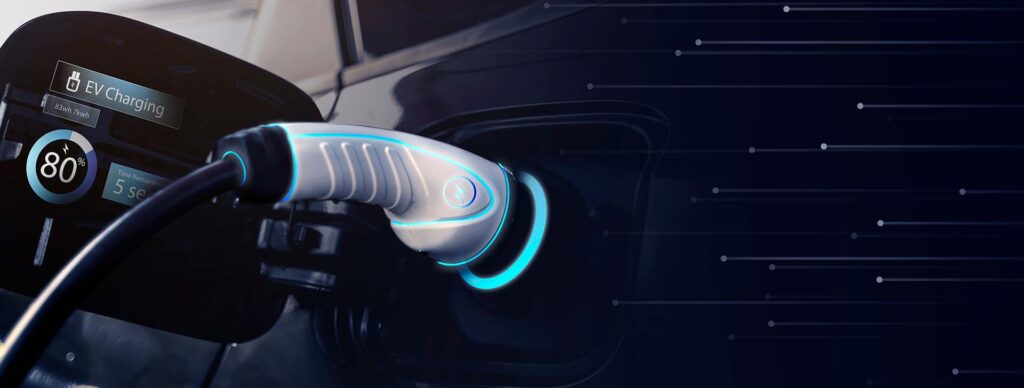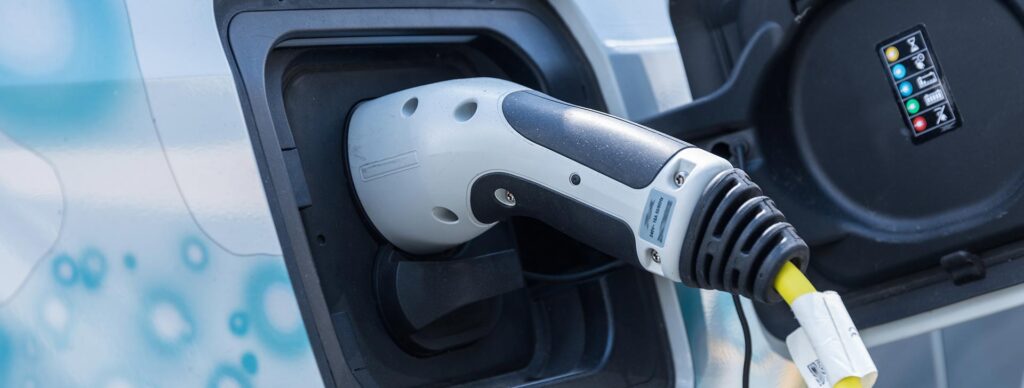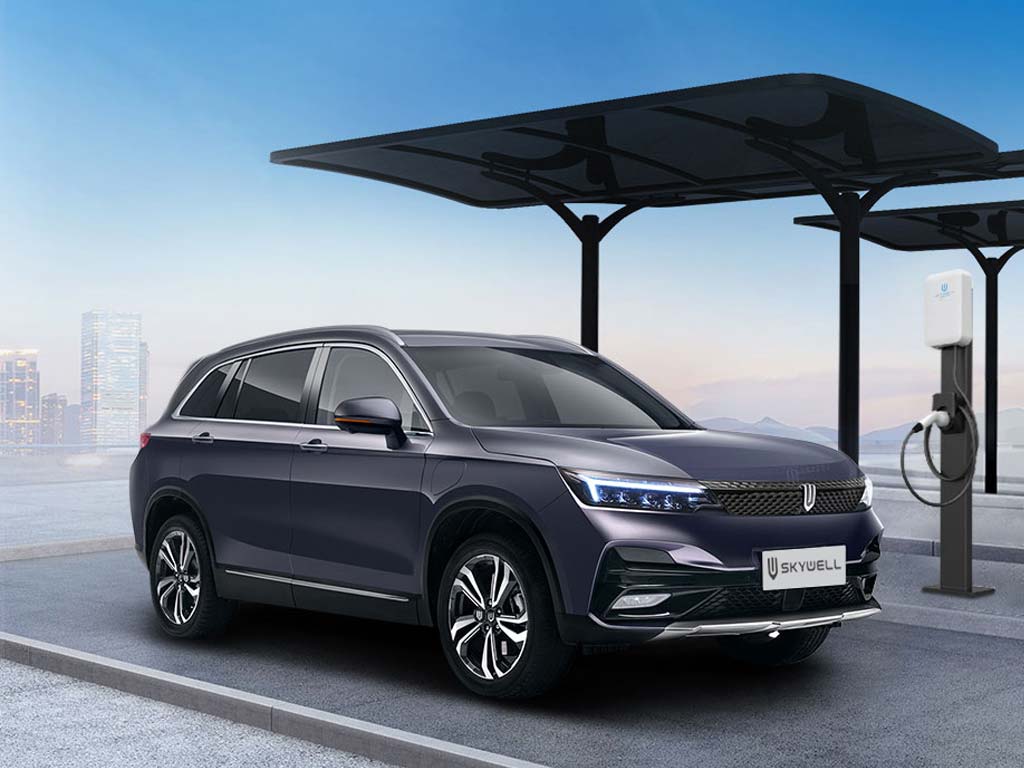With the rapid adoption of electric cars in our lives, understanding how to charge these vehicles is crucial. The charging experience for electric vehicle owners can vary significantly depending on the types of charging sockets and modes used. In this article, we will provide detailed information about electric vehicle charging sockets and their varieties.
Electric Vehicle Charging Sockets

Electric vehicle charging sockets come with different designs and features. Each type of socket offers unique advantages and solutions for electric vehicle owners.
- CCS 1 Charging Socket: The CCS 1 (Combined Charging System) charging socket supports both AC (alternating current) and DC (direct current) charging. This socket allows for fast charging up to 170 kW, enabling vehicles to charge more quickly. CCS 1 is commonly used in North America, providing vehicle owners with the ability to travel longer distances in shorter periods.
- CCS 2 Charging Socket: The CCS 2 socket is an improved version of CCS 1, supporting both fast AC and high-speed DC charging. Named after the “Combo Charging System,” it is widely used in Europe. This socket allows for more efficient and environmentally friendly charging of electric vehicles. CCS 2 offers fast charging, helping electric vehicle owners save time.
- J1772 Charging Socket: The J1772 charging socket is widely used in North America. It is suitable for electric cars, electric bikes, and some light electric vehicle models. The J1772 socket, found in many charging stations, provides safe and fast charging, serving as a common solution designed to meet users’ daily needs.
- Mennekes Charging Socket: The Mennekes charging socket, also known as Type 2, is widely used in Europe. It offers a fast and safe charging experience. Mennekes sockets are known for their secure design and user-friendly features, ensuring the socket remains securely connected with a locking mechanism. Their durability and waterproof nature make them reliable in all weather conditions.
- CHAdeMO Charging Socket: The CHAdeMO socket provides fast and reliable DC charging technology, particularly popular in Japan. This socket offers high-power charging, allowing electric car owners to reduce waiting times and increase driving opportunities. CHAdeMO ensures quick battery replenishment, making long journeys more convenient.
- GB/T Charging Socket: The GB/T socket, developed and widely used in China, provides fast and efficient charging. These sockets are compatible with different power levels and charging modes, serving many electric vehicle owners worldwide, especially in the Chinese market.
Electric Vehicle Charging Modes
Different charging modes are available for charging electric cars, each offering significant differences in charging speed and user benefits.
- AC (Alternating Current) Charging: AC charging is commonly used for daily electric car use. It is carried out by connecting to standard household outlets or workplace AC charging stations. AC charging generally provides lower power charging, sufficient for daily use despite its average speed. Home AC charging stations typically offer up to 7.4 kW of charging power, enabling the battery to charge within a few hours.
- DC (Direct Current) Charging: DC charging offers a faster charging option and is commonly found at public charging stations. DC charging stations provide direct high-power DC current to the vehicle’s battery, resulting in faster charging. Preferred during long trips, DC fast charging stations generally offer power ranging from 50 kW to 350 kW, allowing for quicker vehicle charging.
For more content like “Types of Electric Vehicle Charging Sockets,” visit our general category.
Electric Vehicle Charging Stations

Electric car charging stations are designed to accommodate various socket types and charging modes. These stations enable users to charge their vehicles quickly and safely.
- Home Charging Stations: Home charging stations allow electric vehicle owners to easily charge their vehicles at home. These stations typically offer AC charging with up to 7.4 kW of power. Home charging stations enable users to charge their vehicles overnight and start the day with a fully charged battery.
- Public Charging Stations: Public charging stations are usually located at shopping centers, parking lots, and highway rest areas. These stations offer both AC and DC charging options and are compatible with different charging sockets. Public charging stations allow users to charge their vehicles quickly during long journeys.
- Fast Charging Stations: Fast charging stations provide high-power DC charging, quickly replenishing vehicle batteries. Typically found at highway rest areas, these stations offer significant convenience during long trips. Fast charging stations provide power ranging from 50 kW to 350 kW.
Electric vehicles are increasingly preferred as environmentally friendly and economical transportation options. The sockets and charging modes used for charging these vehicles vary according to users’ needs. While sockets like CCS 1 and CCS 2 offer fast charging, sockets like J1772 and Mennekes provide a safe and user-friendly charging experience. CHAdeMO and GB/T sockets offer fast and efficient charging, providing great convenience to electric car owners.
Among electric vehicle charging modes, AC charging offers a sufficient option for daily use, while DC charging provides faster charging. Home charging stations allow users to easily charge their vehicles at home, while public and fast charging stations offer significant convenience during long journeys.
You may be interested in;
What is the Impact of Weather on Electric Vehicle Charging?
Can Hybrid Vehicles Be Charged?
How to Use an Electric Car?

